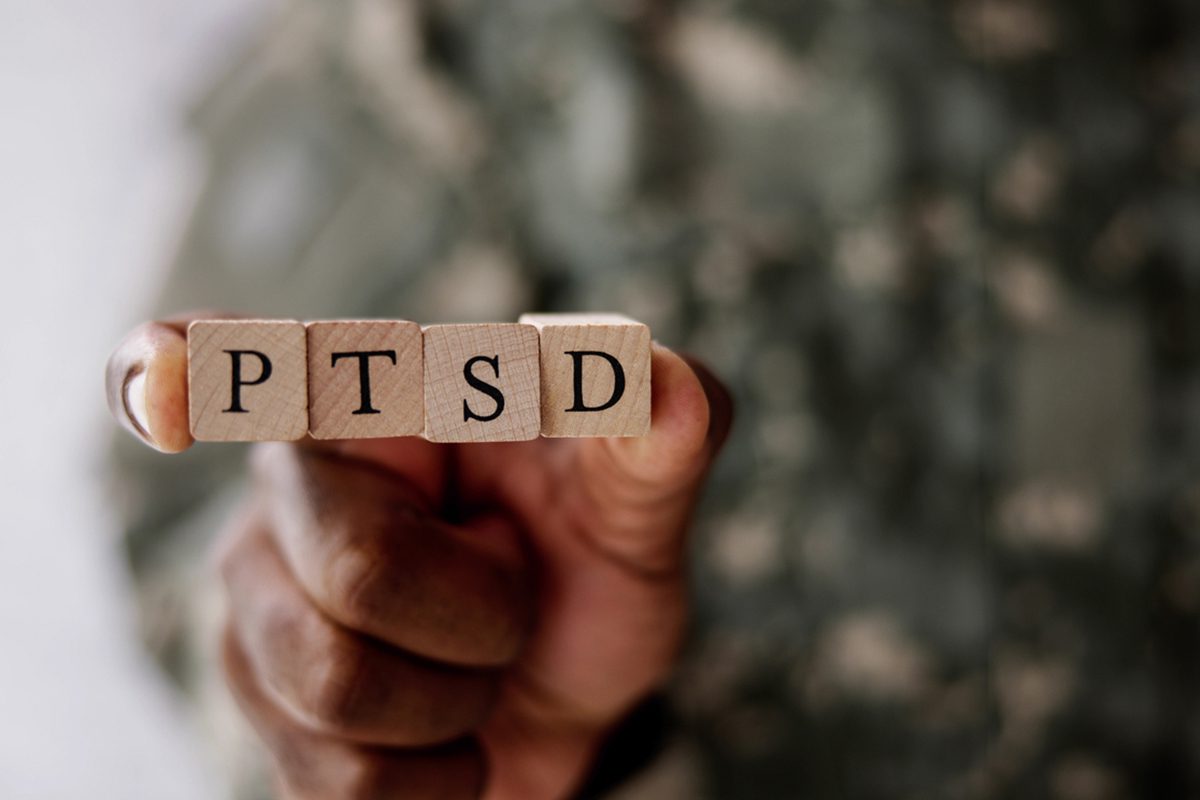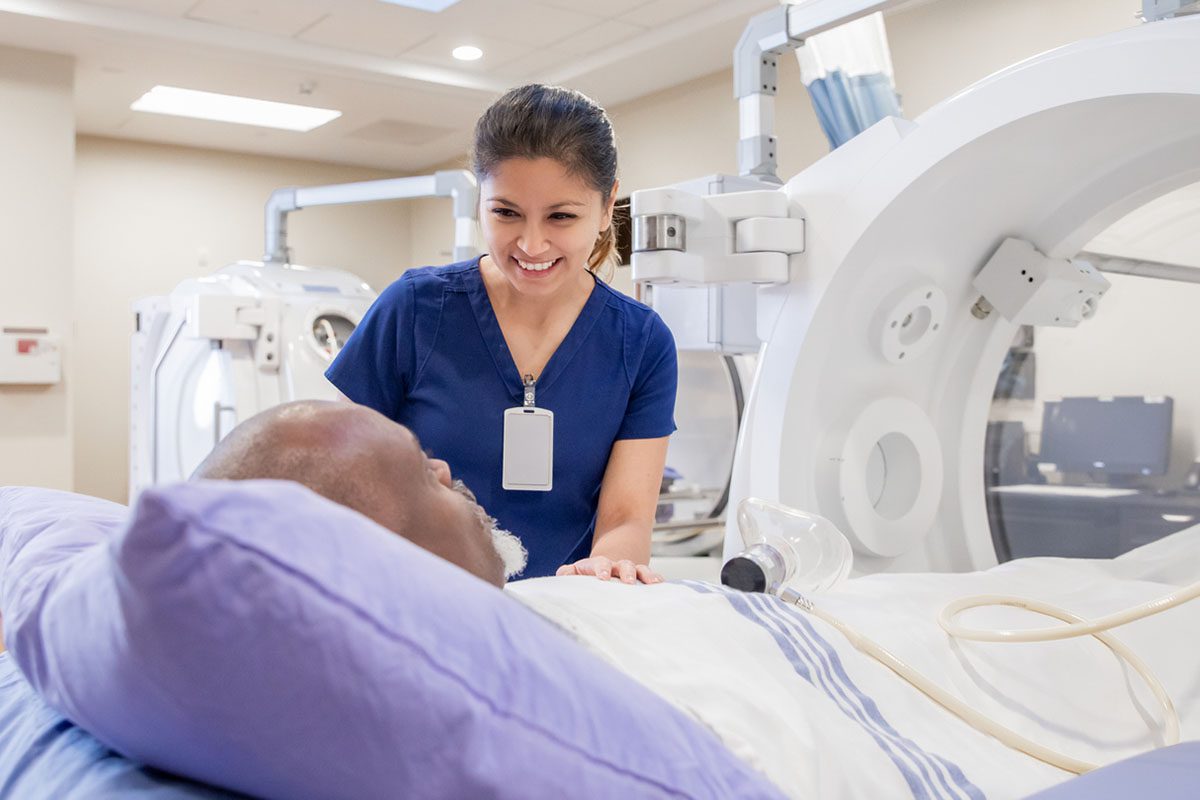Abstract
Objective: The Clinician-Administered PTSD Scale for DSM-5 (CAPS-5) is a widely recognized tool with exceptional reliability and validity in evaluating and diagnosing PTSD. This study aimed to determine the predictive values of CAPS-5 assessed early postinjury for subsequent development of PTSD during a 2-year follow-up period.
Methods: Patients with moderate to severe physical injuries were recruited from a trauma center at a university hospital in South Korea between June 2015 and January 2021. At baseline, 1,142 patients underwent evaluations using CAPS-5 for the diagnosis of acute stress disorder (ASD) along with total scores. They were followed up for PTSD using the CAPS-5 evaluations at 3, 6, 12, and 24 months post-baseline. Area under receiver operating curve (AUROC) analyses were conducted to identify predictive values of the CAPS-5 for later PTSD development.
Results: CAPS-5 diagnosis of ASD at baseline displayed fair to failed performance (AUROCs: 0.555–0.722) for predicting follow-up PTSD. However, CAPS-5 scores of ≥15 exhibited good to fair predictive accuracy (AUROCs: 0.767–0.854) for later PTSD development. Notably, for patients with intentional injuries or a history of previous trauma, a higher CAPS-5 score of ≥16 showed improved predictive accuracy.
Conclusion: A CAPS-5 score of ≥15 would be an effective and practical cutoff for early prediction of PTSD following physical injuries. In cases of intentional injuries or a documented trauma history, a cutoff of ≥16 may offer enhanced predictive precision. Future research in diverse settings and populations is needed to confirm the generalizability of our findings.
J Clin Psychiatry 2024;85(3):24m15267
Author affiliations are listed at the end of this article.
Continue Reading...
Did you know members enjoy unlimited free PDF downloads as part of their subscription? Subscribe today for instant access to this article and our entire library in your preferred format. Alternatively, you can purchase the PDF of this article individually.
References (28)

- Wiseman T, Foster K, Curtis K. Mental health following traumatic physical injury: an integrative literature review. Injury. 2013;44(11):1383–1390. PubMed CrossRef
- Bryant RA, O’Donnell ML, Creamer M, et al. A multisite analysis of the fluctuating course of posttraumatic stress disorder. JAMA Psychiatry. 2013;70(8):839–846. PubMed CrossRef
- Beierl ET, Böllinghaus I, Clark DM, et al. Cognitive paths from trauma to posttraumatic stress disorder: a prospective study of Ehlers and Clark’s model in survivors of assaults or road traffic collisions. Psychol Med. 2020;50(13):2172–2181. PubMed CrossRef
- Pozzato I, Tran Y, Gopinath B, et al. The contribution of pre-injury vulnerability to risk of psychiatric morbidity in adults injured in a road traffic crash: comparisons with non-injury controls. J Psychiatr Res. 2021;140:77–86. PubMed CrossRef
- Heron-Delaney M, Kenardy J, Charlton E, et al. A systematic review of predictors of posttraumatic stress disorder (PTSD) for adult road traffic crash survivors. Injury. 2013;44(11):1413–1422. PubMed CrossRef
- Fullerton CS, Ursano RJ, Epstein RS, et al. Gender differences in posttraumatic stress disorder after motor vehicle accidents. Am J Psychiatry. 2001;158(9):1486–1491. PubMed CrossRef
- Blanchard EB, Hickling EJ, Freidenberg BM, et al. Two studies of psychiatric morbidity among motor vehicle accident survivors 1 year after the crash. Behav Res Ther. 2004;42(5):569–583. PubMed CrossRef
- Bryant RA, Nickerson A, Creamer M, et al. Trajectory of post-traumatic stress following traumatic injury: 6-year follow-up. Br J Psychiatry. 2015;206(5):417–423. PubMed CrossRef
- Jenewein J, Wittmann L, Moergeli H, et al. Mutual influence of posttraumatic stress disorder symptoms and chronic pain among injured accident survivors: a longitudinal study. J Trauma Stress. 2009;22(6):540–548. PubMed CrossRef
- Galatzer-Levy IR, Ankri Y, Freedman S, et al. Early PTSD symptom trajectories: persistence, recovery, and response to treatment: results from the Jerusalem Trauma Outreach and Prevention Study (J-TOPS). PLoS One. 2013;8(8):e70084. PubMed CrossRef
- van Zuiden M, Frijling JL, Nawijn L, et al. Intranasal oxytocin to prevent posttraumatic stress disorder symptoms: a randomized controlled trial in emergency department patients. Biol Psychiatry. 2017;81(12):1030–1040. PubMed CrossRef
- Weather FW, Blake DD, Schnurr PP, et al. The clinician-administered PTSD scale for DSM-5 (CAPS-5). Accessed March 13, 2017. http://www.ptsd.va.gov/professional/assessment/adult-int/caps.asp
- Hunt JC, Chesney SA, Jorgensen TD, et al. Exploring the gold-standard: evidence for a two-factor model of the clinician administered PTSD scale for the DSM-5. Psychol Trauma. 2018;10(5):551–558. PubMed CrossRef
- Geier TJ, Hunt JC, Nelson LD, et al. Detecting PTSD in a traumatically injured population: the diagnostic utility of the PTSD Checklist for DSM-5. Depress Anxiety. 2019;36(2):170–178. PubMed CrossRef
- Shalev AY, Gevonden M, Ratanatharathorn A, et al. Estimating the risk of PTSD in recent trauma survivors: results of the International Consortium to Predict PTSD (ICPP). World Psychiatry. 2019;18(1):77–87. PubMed
- Kim JW, Kang HJ, Bae KY, et al. Development of a biomarker-based diagnostic algorithm for posttraumatic syndrome after physical injury: design of the BioPTS study. Psychiatry Investig. 2017;14(4):513–517. PubMed CrossRef
- Baker SP, O’Neil B, Haddon W Jr., et al. The injury severity score: a method for describing patients with multiple injuries and evaluating emergency care. J Trauma. 1974;14(3):187–196. PubMed
- Teasdale G, Jennett B. Assessment of coma and impaired consciousness. A practical scale. Lancet. 1974;2(7872):81–84. PubMed
- Weathers FW, Bovin MJ, Lee DJ, et al. The Clinician-Administered PTSD Scale for DSM-5 (CAPS-5): development and initial psychometric evaluation in military veterans. Psychol Assess. 2018;30(3):383–395. PubMed CrossRef
- Geoffrion S, Goncalves J, Robichaud I, et al. Systematic review and meta-analysis on acute stress disorder: rates following different types of traumatic events. Trauma Violence Abuse. 2022;23(1):213–223. PubMed CrossRef
- Sarason IG, Johnson JH, Siegel JM. Assessing the impact of life changes: development of the life Experiences Survey. J Consult Clin Psychol. 1978;46:932–946. PubMed CrossRef
- Hepp U, Moergeli H, Buchi S, et al. Post-traumatic stress disorder in serious accidental injury: 3-year follow-up study. Br J Psychiatry. 2008;192:376–383. PubMed CrossRef
- Weathers FW, Litz BT, Keane TM, et al. The PTSD Checklist for DSM-5 (PCL-5). National Center for PTSD; 2013.
- Kennedy AC, Prock KA. “I still feel like I Am not normal”: a review of the role of stigma and stigmatization among female survivors of child sexual abuse, sexual assault, and intimate partner violence. Trauma Violence Abuse. 2018;19(5):512–527. PubMed
- Ozer EJ, Best SR, Lipsey TL, et al. Predictors of posttraumatic stress disorder and symptoms in adults: a meta-analysis. Psychol Bull. 2003;129(1):52–73. PubMed CrossRef
- Bryant RA. Acute stress disorder as a predictor of posttraumatic stress disorder: a systematic review. J Clin Psychiatry. 2011;72(2):233–239. PubMed
- Weathers FW, Bovin MJ, Lee DJ, et al. The Clinician-Administered PTSD Scale for DSM-5 (CAPS-5): development and initial psychometric evaluation in military veterans. Psychol Assess. 2018;30(3):383–395. PubMed CrossRef
- Aziz MA, Kenford S. Comparability of telephone and face-to-face interviews in assessing patients with posttraumatic stress disorder. J Psychiatr Pract. 2004;10:307–313. PubMed CrossRef
Please sign in or purchase this PDF for $40.
Save
Cite
Already a member? Login




